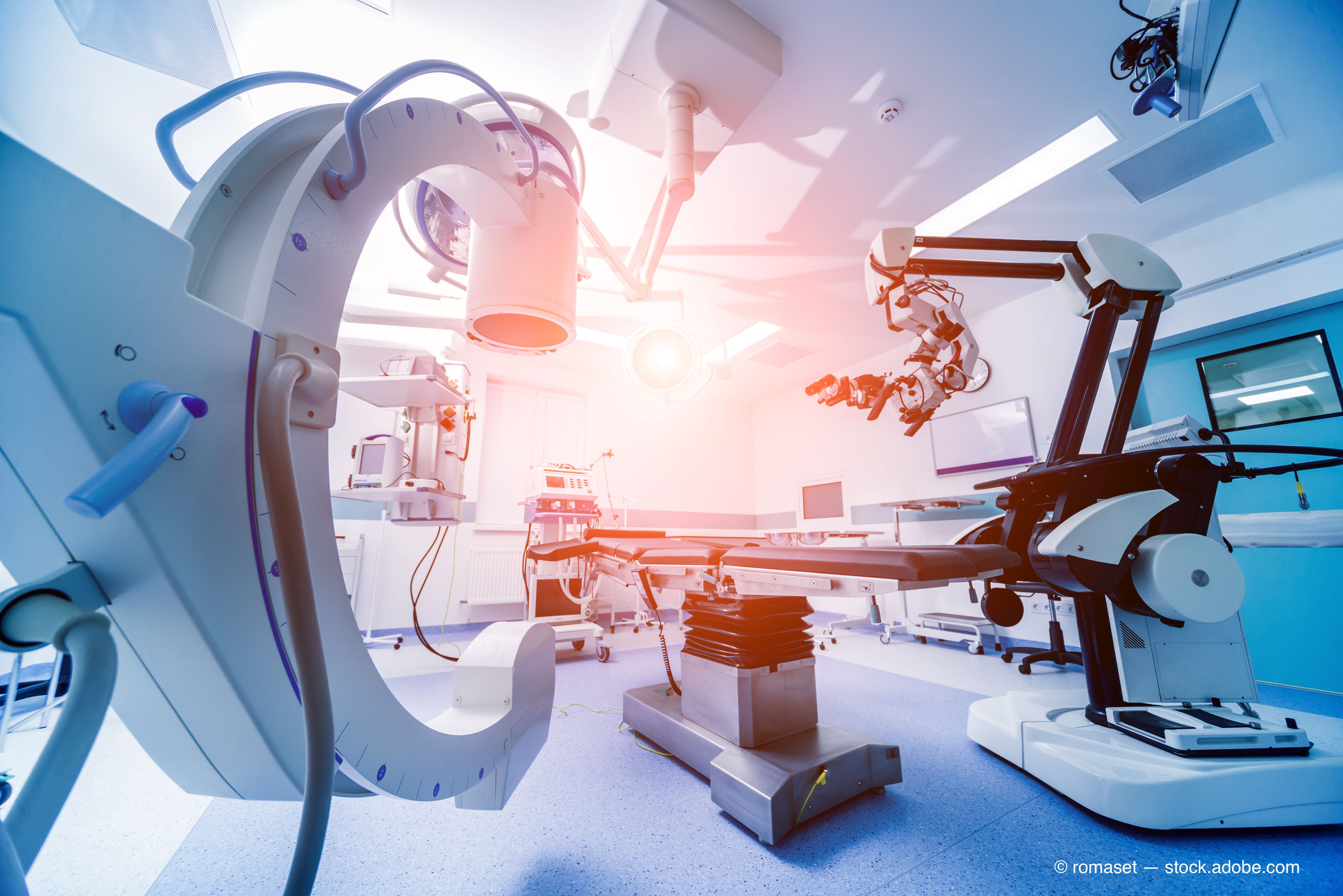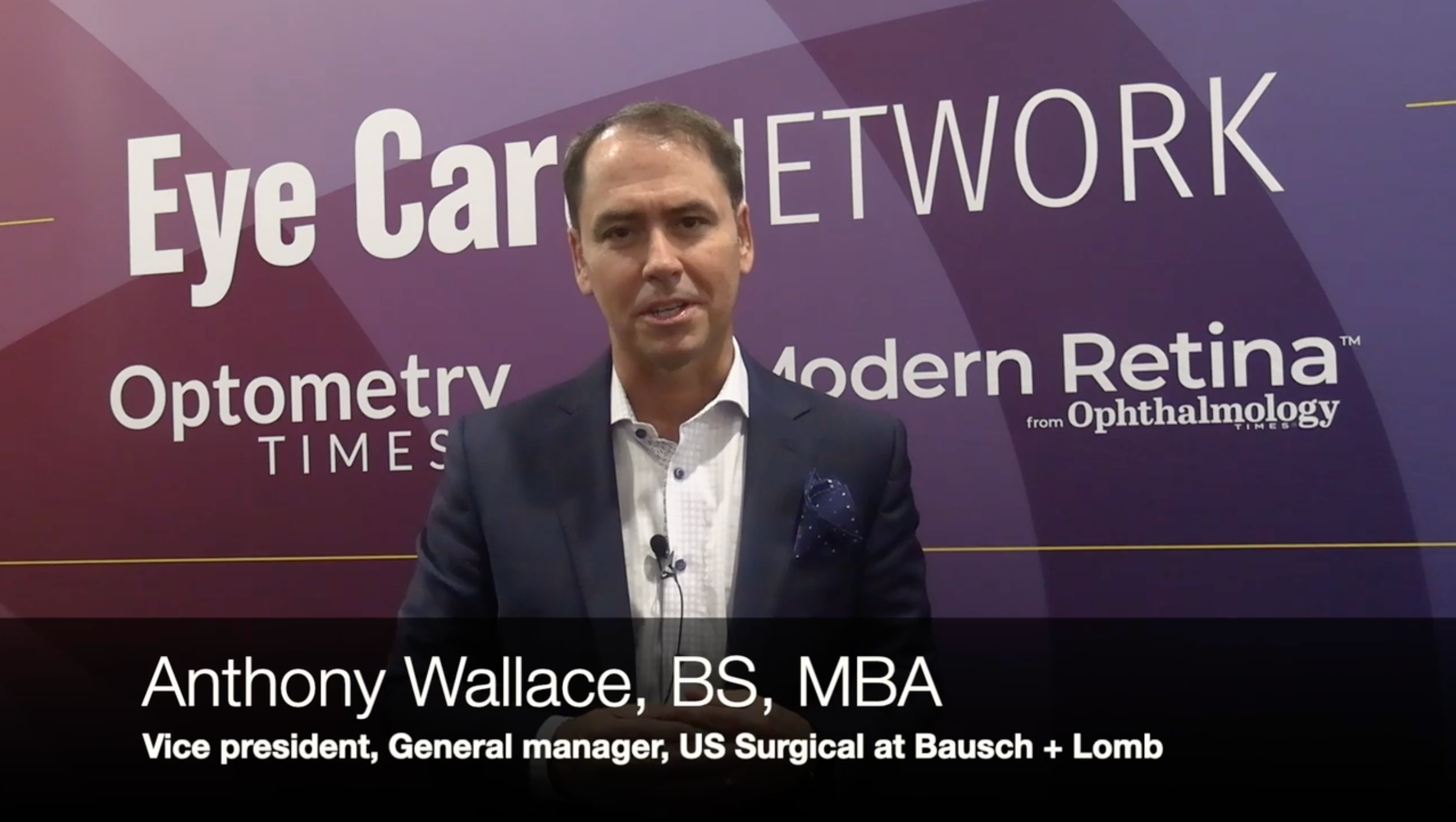Publication
Article
Digital Edition
Caution key when embracing new technologies in clinical practice
Author(s):

Patient safety, efficacy remain primary concerns for ophthalmologists.
The incorporation of a new technology into clinical practice runs the gamut of possibilities: Some embrace it, some shun it, others just don’t know what to do.
“How do surgeons decide when is the right time to proceed with learning a new surgical procedure or adopting a new technology?” asked Richard L. Abbott, MD. He is professor emeritus, Francis I. Proctor Foundation, University of California-San Francisco and secretary-general, Academia Ophthalmologica Internationalis.
There is no correct answer to this question. The actual decision is based on the individual’s comfort level, risk tolerance, outcomes data on safety and effectiveness, and how he or she views new procedures or techniques, and the willingness to assume some risk, he commented.
Related: Care delivery: Motivating patients with mobile devices
Key considerations
Dr. Abbott presented a series of thought-provoking questions that can help clinicians take the plunge or step back momentarily from the water’s edge:
> When deciding whether to adopt a specific technology, does it improve the quality of care? This question can be answered by determining if the technology improves the outcomes, if there are fewer associated complications, and if there is less risk to the patient.
> Does the technology under scrutiny improve efficiency in delivering care? Specifically, does the technology save time, reduce the chances for a medical or surgical error, and have less staff requirements?
> Does the technology make financial sense? The surgeon should understand the impact of the technology on the work and patient flow in offices and clinics as well as the spatial and environmental requirements.
Related: Topography devices + cloud technology float together
Navigating the path
With those questions as a backdrop, the American Academy of Ophthalmology provided a view of Focal Point-Cataract Surgery that may clear the picture: “Innovations appear with such rapidity that sound statistical analysis of efficacy often lags well behind new product development. Frequently, new technologies and treatments are spearheaded by aggressive industry-sponsored marketing efforts rather than evidence-based research. A healthy skepticism is warranted in most instances for claims of superiority of new technology over older, well-established products and techniques that have proven safety and efficacy records.”
Related: Hardware, software offer surgeons a window to cornea diagnosis
Ethical considerations
The informed consent process involves accurate representation of the procedure and sufficient information for the patient to make an educated decision. This includes disclosure of the potential risk and complications of a procedure.The risk may be mitigated, however, by the presence of a mentor.
The surgical learning curve can be steep, with adequate experience gained with fewer cases. It also can be long, with adequate experience requiring more cases.
Related:
The system to learn new procedures is one of apprenticeship, with an organized curriculum and abundant resources that include courses, wet labs, and faculty supervision. With proper training, the complication rate associated with trainees, compared to experienced surgeons, is not necessarily higher (Ophthalmology. 1989;96:1225-7).
Following formal training, learning continues with self-study, enlisting a mentor, careful patient selection, and providing a thorough informed consent. In addition, credentialing through a course, private practice, or a university, as well as learning complication management, all adds to the competence of the physician, Dr. Abbott explained.
Finally, when considering a new technology, conflicts of interest, both economic and non-economic, and their impact on decisions should be recognized.
Related: How to approach the out-of-pocket pricing conversation with patients
“Recognize and manage factors that potentially influence your recommendations; that is, enthusiasm for superiority of a new method, interest in expanding one’s surgical repertoire, reputational benefits, financial benefits, and possible academic benefits,” Dr. Abbott advised. All of this can help ensure physicians are prepared for virtually anything.
“When incorporating new techniques into practice after residency, there are ethical responsibilities to patients, colleagues, and yourself,” Dr. Abbott concluded. “We take an incremental approach to adopting a new technology.”
Read more by Lynda Charters
Richard L. Abbott, MD
E: Richard.Abbott@ucsf.edu
Dr. Abbott has no financial interests releveant to this article.





.png&w=3840&q=75)




















